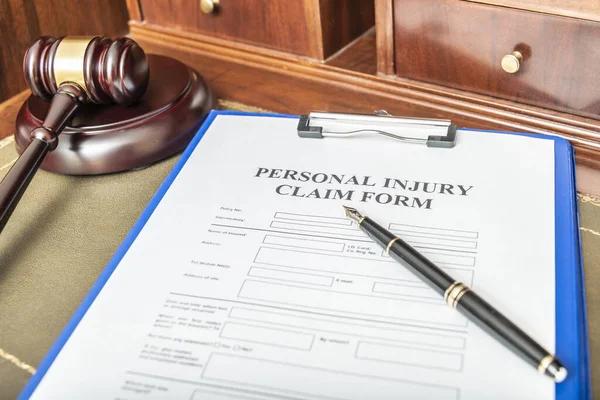Safety violations play a significant role in personal injury cases. They are often the determining factor in establishing liability and assessing damages. In essence, safety violations occur when an individual or entity fails to adhere to established safety rules and regulations, thereby creating a hazardous environment that can lead to injuries.
In the context of personal injury law, safety violations can take many forms. For instance, they may involve faulty equipment at a workplace, inadequate maintenance of public spaces such as parks or sidewalks, failure to comply with traffic laws on the roadways, or even neglecting health and safety protocols in hospitals and other medical facilities.
A critical aspect of any personal injury case is proving negligence – that is showing that the defendant failed in their duty of care towards the plaintiff. When there are clear instances of safety violations involved, this task becomes significantly easier. Safety rules and regulations exist for one primary purpose: to prevent harm from occurring. Therefore, if it can be demonstrated that these were disregarded by the defendant leading up to an accident resulting in injury, then it stands as strong evidence of negligence.
For example, consider a case where an individual slips on a wet floor at a shopping mall which had no warning signs displayed despite cleaning having taken place recently. The mall’s management would be considered negligent due to their violation of standard safety procedures which mandate displaying appropriate signage following cleaning activities.
However, it’s important to note that not all incidents involving safety violations will automatically result in successful personal injury claims. There needs to be clear causation linking the violation with the incurred injuries. If someone falls over because they were distracted by their phone rather than because they slipped on spilt liquid without any warning sign around it – even though both situations involve potential safety hazards – only one would likely lead to successful litigation for personal injuries caused by negligence.
Moreover, comparative fault might come into play depending upon jurisdiction’s specific laws where if plaintiffs are found partially responsible for their own injuries (for example, if they were not wearing a helmet while riding a bike), their compensatory damages might be reduced.
In conclusion, safety violations are integral to personal injury cases. They serve as strong evidence of negligence and can significantly influence the outcome of such lawsuits. Therefore, it is crucial for everyone to adhere strictly to all safety rules and regulations in their respective environments – not just to avoid potential legal consequences but more importantly, to ensure the wellbeing and safety of all individuals involved.
Munley Law Personal Injury Attorneys
1275 Glenlivet Dr Suite 100-599, Allentown, PA 18106
16102327006

